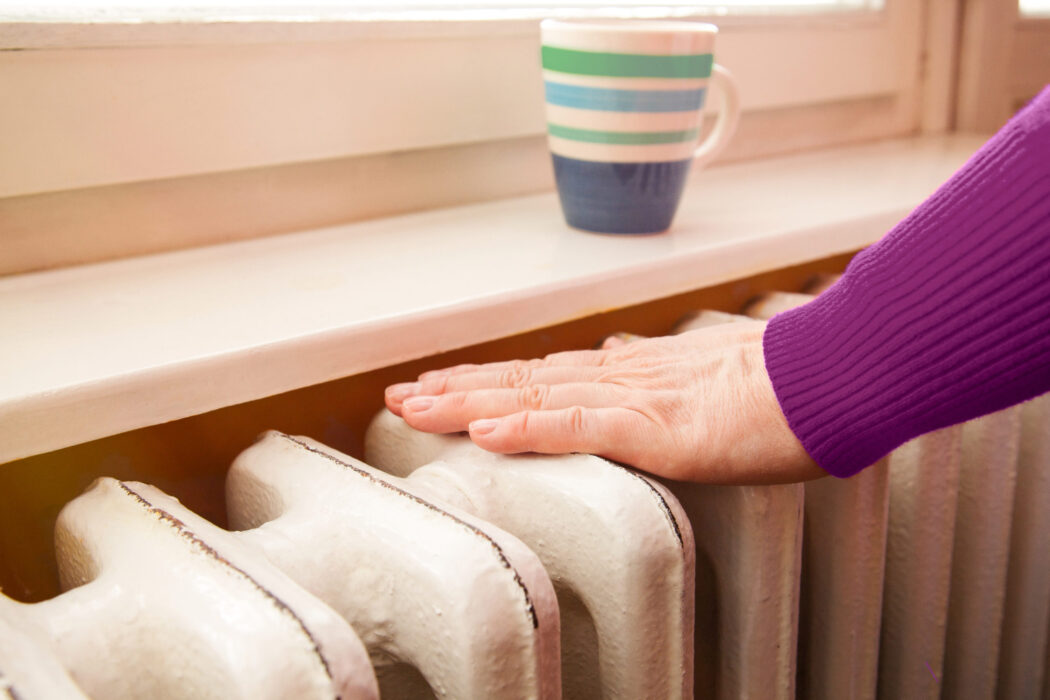
How to Prepare Your Boiler for Winter
The winter months can really put your home and appliances to the test, and crucially one area that’s often overlooked is the boiler. As the temperature drops, a boiler that is in top condition and functioning efficiently and reliably is vital to keep you and your loved ones warm, comfortable and safe. So what steps can you take to prepare your boiler for winter?
Boiler Safety Check
Boiler safety should be your top priority as winter approaches. The risks of not regularly having your boiler checked are significant and potentially dangerous. A neglected boiler can lead to gas leaks, carbon monoxide poisoning, or even boiler breakdowns. Ensure that your boiler is serviced annually by a Gas Safe-registered engineer to guarantee its safety, reliability and performance.
A Test Turn-On
Before the winter cold sets in, turn on your boiler to give it a test run. Turn on your heating system for a few minutes to check that everything is working as expected. Listen for unusual sounds or look for any visible signs of leakage, which may indicate a problem with your boiler. Don’t wait for the cold to set in before testing out your boiler, identifying an issue could give you time to get the problem fixed before the cold hits.
Checking Radiators
Once you’ve turned your heating on, ensure your radiators are working efficiently by checking for any cold spots. If you find that the bottom of a radiator is warm while the top is cold, it’s a sign that there could be air trapped inside, reducing the radiator’s performance. Thankfully, this is easy to fix by bleeding your radiator, which will improve the heat distribution and lower your energy consumption.
Boiler Pressure
Boiler pressure is another culprit for compromising the efficiency and performance of your boiler. When the pressure is too low, your boiler may not function properly, leading to cold water and inefficient heating. On the other hand, high pressure can strain the boiler and result in costly repairs. Regularly check and adjust the boiler’s pressure to keep it within the recommended range, which is between 1 and 1.5 bar.
Carbon Monoxide Alarm
Carbon monoxide is a silent killer, and an unchecked boiler poses a significant risk. Make sure your home is equipped with a functioning carbon monoxide alarm and test the alarm regularly. These alarms can detect carbon monoxide leaks and alert you in the event there is unsafe gas in the air. This simple device can save lives and should be part of your winter safety routine. If you own your home, we recommend having your boiler serviced annually. If you rent, it is your landlord’s responsibility to provide you with an up-to-date gas safety certificate.
Insulate Boiler Pipes
Frozen pipes can be a nightmare during winter. To prevent frozen pipes and maintain the efficiency of your heating system, consider insulating your boiler pipes, particularly if your home or office is left unheated for longer periods. This simple step can ensure that the water flowing through your pipes remains at a consistent temperature, reducing the risk of freezing in severe winter conditions.
Annual Service
One of the most effective ways to prevent winter boiler issues is to schedule an annual service. A professional boiler service can identify and address problems before they occur, saving you from unexpected breakdowns, stress, and extra costs. Regular maintenance ensures that your boiler operates efficiently and safely throughout the winter. What’s more, an annual service will also ensure you preserve your boiler’s warranty.
Thermostat Check
Finally, don’t forget to ensure your thermostat is accurate and behaving.
Checking if your thermostat works is a simple process. Here’s a step-by-step guide:
- 1. Set The Temperature: First, set your thermostat to a temperature that’s different from the current room temperature.
- 2. Wait for a Response: Give it a few minutes. You should hear a click as the thermostat sends a signal to your heating or cooling system.
- 3. Check Your System Has Responded: Ensure your heating or cooling system has started running.
- 4. Observe Temperature Change: Wait for a while, and check if the room temperature begins to approach the thermostat setting. The thermostat should turn off the system when it reaches the set temperature. You’ll hear another click, and the heating or cooling system will shut down.
- 5. Check The Batteries: If your thermostat has batteries, check the battery indicator (if available). If the batteries are low, performance could be affected so replace the batteries if needed.
- 6. Verify with a Thermometer: For extra precision use a separate thermometer in the room to confirm that the temperature matches the thermostat setting.
- 7. Calibration: If you find an issue when checking, your thermostat may need calibration. Consult your thermostat’s user manual for instructions on how to adjust the temperature settings.
Ensure Your Safety and Comfort
Preparing your boiler for winter is essential for your safety, comfort, and peace of mind. By following these steps, you’ll minimise the risks associated with a neglected boiler and ensure a warm and cosy home throughout the winter months. If you want further reassurance that if the worst should happen, and your boiler breaks down, you can get back up and running quickly, then consider taking out a boiler care plan. Care plans ensure a prompt and free call out on the same day, and depending on the plan
If you want to ensure your boiler is well-cared for and ready for winter, explore our boiler care plans and servicing options to discover more about how we can help you maintain a trouble-free heating system and stay safe and warm this winter.

